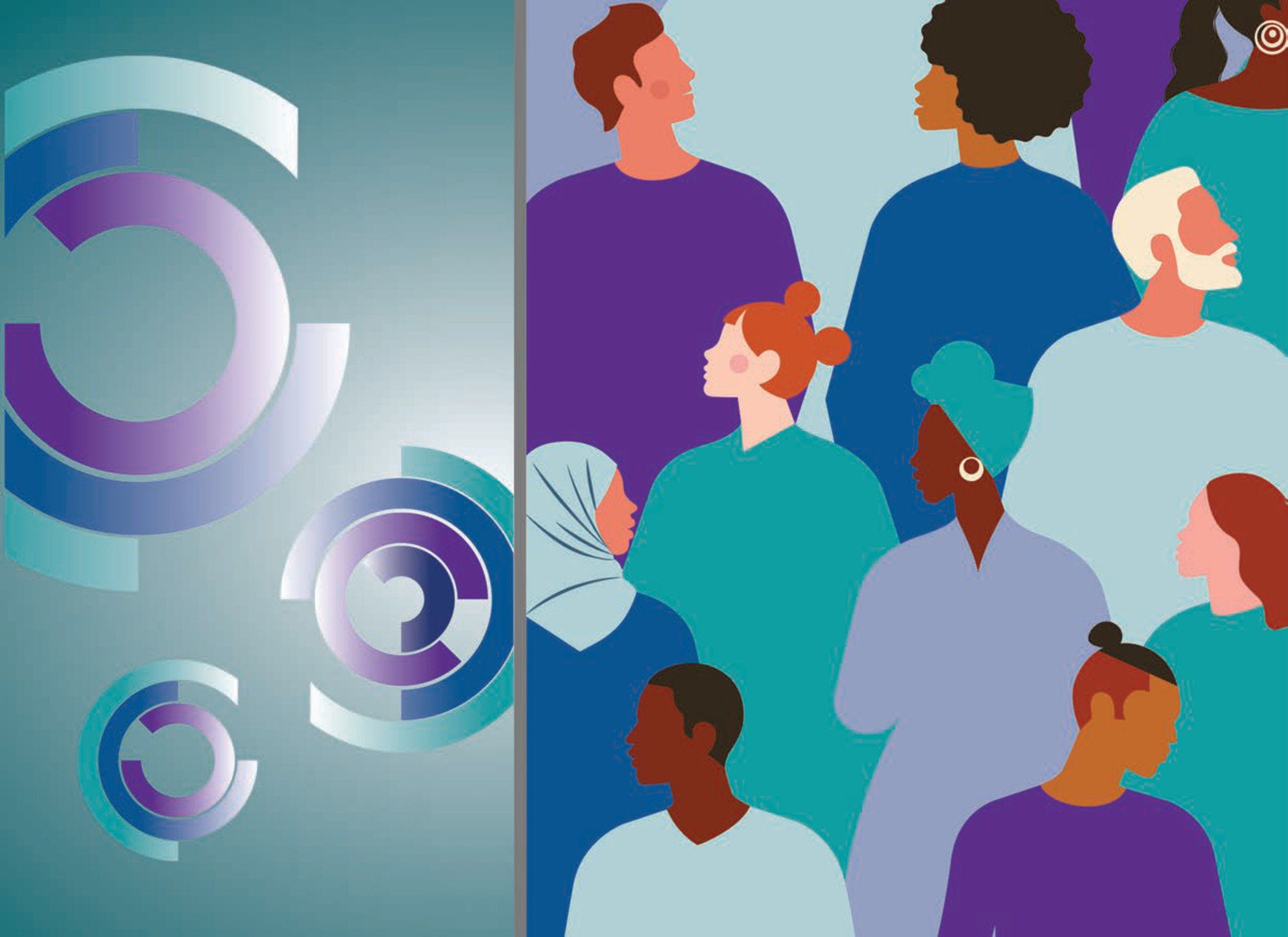This OECD Skills Strategy Implementation Guidance report presents a model for the segmentation of the adult learning population in Flanders, which resulted in the identification of nine representative learner profiles. These profiles provide unique insights into the diversity of factors that affect decisions to participate in learning, including motivation, obstacles to learning, socio-demographic characteristics, and labour market characteristics. These profiles will assist Flanders’ reflections on how to target and tailor existing and new lifelong learning policies to the needs of learners.
OECD Skills Strategy Implementation Guidance for Flanders, Belgium

Abstract
Executive Summary
Strengthening a culture of lifelong learning through more targeted and tailored policies
Flanders has long been committed to the goal of creating a culture of lifelong learning, the importance of which has been reinforced by megatrends and the COVID-19 pandemic. Flanders has an extensive range of policies to support lifelong learning. Still, performance is not as strong as desired. The willingness of adults to learn remains comparatively low, and participation by adults most in need of upskilling and reskilling lags behind.
Countries can improve the effectiveness and efficiency of their lifelong learning policies by targeting and tailoring them to the unique needs of different groups of learners. For this reason, OECD countries typically design their lifelong learning polices to respond to the needs of specific groups that participate less frequently in learning, such as adults with low levels of skills, those unemployed and migrants. However, these approaches often ignore the diversity in factors that affect the participation of these adults in learning – ranging from a lack of motivation to learn to a diverse range of obstacles such as lack of time, high costs and a lack of suitable courses. A more nuanced understanding of the different types of learners could be a starting point for designing lifelong learning policies with a higher impact.
Nine adult learner profiles identified based on shared motivations and obstacles
In this Implementation Guidance project, the OECD has developed a segmentation of the adult learning population that identifies nine distinct adult learner profiles that can be used to help Flanders better target and tailor its lifelong learning polices. Flemish stakeholders have played a key role in developing this segmentation by sharing their expertise and perspectives in multiple workshops and bilateral meetings on the methods, findings and potential uses of the profiles for policy-making purposes.
The nine adult learner profiles have been identified using Latent Class Analysis, which enables the identification of subgroups of adults that possess a shared set of motivations to learn and obstacles to participation. Insights from these profiles can be used to reflect on how policies could be adjusted to have a higher impact. For example, the profiles could support the identification of groups of adults that skills policies have previously overlooked, demonstrate the need for additional or different policies to respond to the motivations and obstacles of specific profiles, and support efforts to further refine existing target groups for adult learning policies.
The adult learner profiles can be divided into two broad groups based on their engagement in learning: those who are not currently participating in non-formal or formal learning activities – who are either “unmotivated” or “motivated but facing obstacles” – and those who are participating in non-formal or formal learning activities – who are either “extrinsically motivated” or “intrinsically motivated”. For the underlying nine profiles, their distinct characteristics (e.g. age, education level, type of job) have been identified.
Adults not participating in non-formal or formal learning activities
A. Unmotivated
1. Disengaged from learning: Unmotivated to participate in learning, and do not see a need to learn.
2. Unmotivated due to age and health obstacles: Unmotivated to learn and perceiving no need to participate, largely due to the age and health related obstacles they face.
B. Motivated, but facing obstacles
3. Motivated but facing time-related obstacles: Motivated to learn but do not have enough time due to a busy schedule and/or family responsibilities.
4. Motivated but facing multiple obstacles: Motivated to learn but facing a range of obstacles, including high cost, the absence of suitable learning offers, and health and age related obstacles.
Adults participating in non-formal or formal learning activities
C. Extrinsically motivated
5. Reluctant but required to participate: Learning because they are required to do so by their employer or by law.
6. Participating in response to work pressures: Learning to adapt to organisational or technical changes in the workplace, or to perform better in their current job.
7. Participating to strengthen career prospects: Learning to achieve a personal goal, such as strengthening professional opportunities by gaining formal certification.
D. Intrinsically motivated
8. Participating for personal development: Learning for non-work related reasons, such as to explore their personal interests and passions.
9. Participating for professional and personal development: Learning to achieve both work and non-work related objectives, such as exploring personal interests and improving career prospects.
Key policy insights from the nine profiles
Insights from the nine learner profiles could support the design, implementation and evaluation of adult learning policies and measures. Some of the key insights are as follows:
Adults who are not yet learning need a broad package of policies to stimulate their participation. A more holistic and integrated approach for lifelong learning policies could help to address adult’s diverse reasons and obstacles for participation, and would require involvement from different policy domains.
For the most unmotivated adults, information and guidance on both learning opportunities and careers, supported by active outreach activities, are particularly important, as are accessible learning opportunities and incentives to learn.
Insights into the motivations and obstacles of the learner profiles could be used to better tailor information and guidance services to respond to the specific factors preventing adults from participating (more). For instance, the profiles could inform the development of targeted advertising on social media, as well as provide career and learning counsellors with insights into the learning opportunities, incentives and support measures that might be most suitable for their clients.
Flanders needs to ensure that in targeting more resources towards encouraging and supporting learning by those not already participating, it does not reduce the incentives for participation by those already learning. Information, guidance and incentives are also important for those who already have a strong motivation to learn.
Insights from the learner profiles could help strengthen existing evaluation practices by demonstrating what groups are reached by existing initiatives, and how new initiatives can be better targeted and tailored to the motivations and obstacles of different adult learner profiles.
The learner profiles could support the design of new policies in Flanders, particularly the Flemish individual learning account (ILA) – leer- en loopbaanrekening – currently being developed. For example, the nine profiles could help to tailor communication about the learning and career account to different learners.
In the same series
Related publications
-
 21 November 2024
21 November 2024 -
30 July 2024












